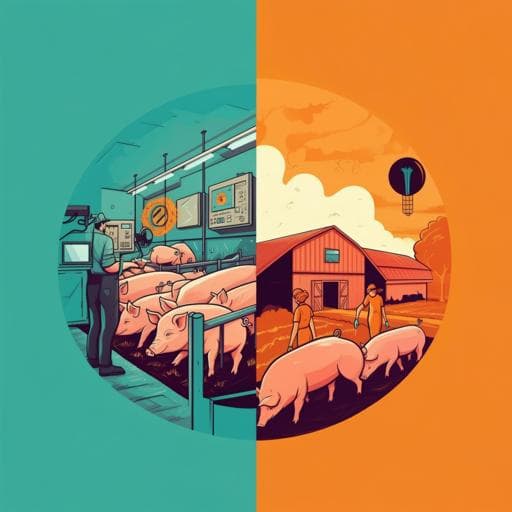
Veterinary Science
Antibiotics in pig meat production: restrictions as the odd case and overuse as normality? Experiences from Sweden and Italy
A. Waluszewski, A. Cinti, et al.
This intriguing research by Alexandra Waluszewski, Alessandro Cinti, and Andrea Perna explores how Sweden successfully minimizes antibiotic use in pig meat production, contrasting it with Italy's higher consumption rates due to public awareness and other challenges. Discover the complex factors influencing antibiotic policies in these two nations.
~3 min • Beginner • English
Related Publications
Explore these studies to deepen your understanding of the subject.







